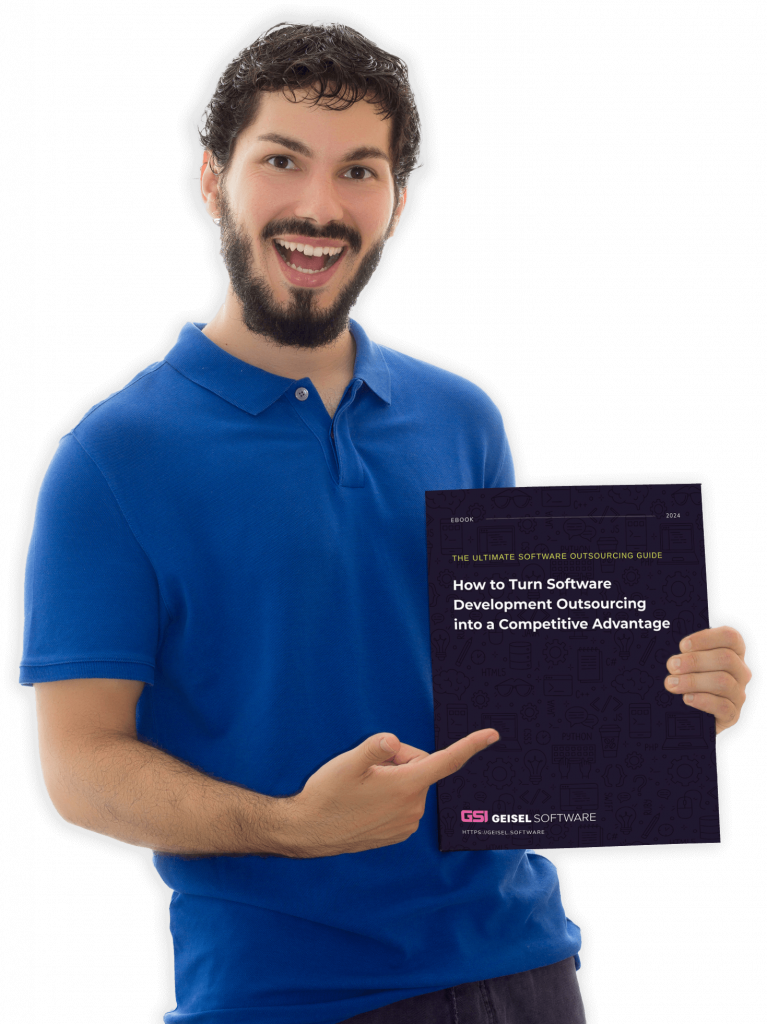Geisel Software CEO Brian Geisel will present at LiveWorx ’19, the definitive event for digital transformation. In his session “End-To-End IoT Security: A Safer Internet of Things”, Geisel will discuss common security pitfalls in the Internet of Things and how to protect your entire IoT environment from end-to-end. This practical roadmap to IoT security will address all the vulnerable points in an IoT environment, including:
- Security Myths: Understanding the Risks
- How to protect your IoT network against infiltration
- Defending your web services in the cloud
- Architecting “Security from the start”
- Keeping the fleet safe, now and forever
About LiveWorx ‘19
LiveWorx® 19 digital transformation conference is hosted by PTC in the heart of Boston from June 10-13, 2019. More than 7,000 technologists, leaders, experts, industry evangelists, and influencers from over 70 countries are expected to attend the premier digital transformation conference. The award-winning LiveWorx event provides a dynamic framework to meet, share, explore, and learn about how cutting-edge technologies are transforming the physical and digital worlds.



